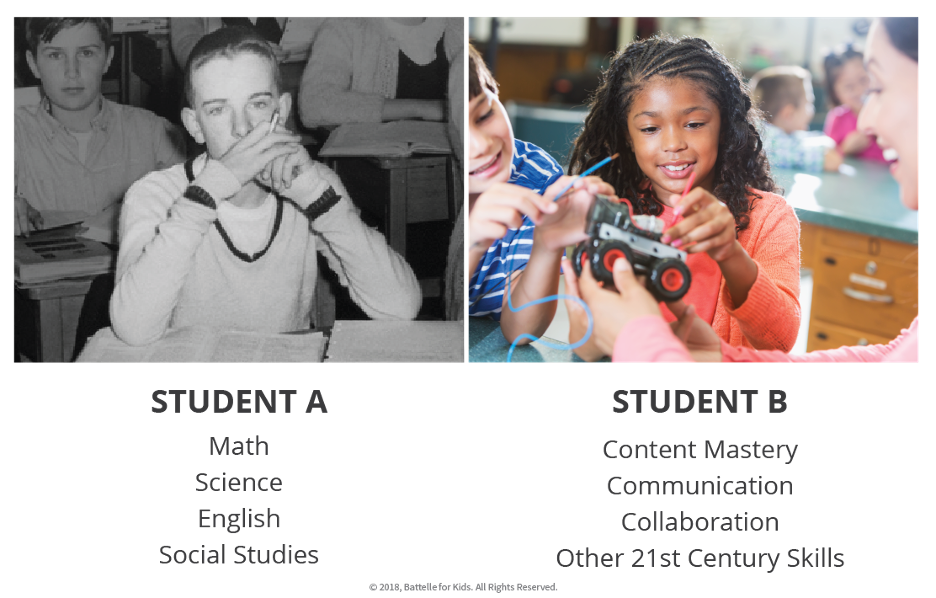
We asked several participants in the upcoming Techonomy 2014 conference to write an article for us on what they are passionate about right now.
Peter Drucker famously argued in the 1950s that data would allow us to “know and understand [the] customer so well, products [would] sell themselves.” For decades, it has promised to revolutionize business, allowing marketers to become more customer-centric, develop more personal campaigns, and create more efficient processes. In the early 1990s, Don Peppers and Martha Rogers predicted the impact of data and the Internet, outlining the end of mass marketing and the dawning of a “one-to-one” age. But this glorious future remains a fantasy.
Instead, companies spend less time than ever interacting directly with customers. Rather than offering an easy means of communicating with customers, data has encouraged us to chase quick wins and marginal gains in revenue. This is the dark side to data. A long-term perspective focused on positive customer experience, lifetime value, and sustainable growth has been overtaken by an epidemic of “shor-termism.” Reversing this trend will be essential for businesses that hope to stop simply applying analytics and instead start competing with data.
In 1991, the Web was released from local CERN servers and made available to the wider world. Already, people were thinking about this novel technology’s disruptive potential in communications, media, and business. By 1993, Peppers and Rogers had identified a striking feature of digital marketing—their book “The One-to-One Future” outlined how data generated by customers could be captured, analyzed and applied to create strikingly personal experiences for each individual. It was a bold prediction, but one which at the time seemed nearly tangible. More than 20 years later, however, this glorious future remains an unrealized fantasy. Though marketers today have access to more data than ever, the connection between the business and customer has, in many cases, grown more distant.
To understand how this happened, it’s helpful to recall the 1950s. During this industrial and consumer boom, the average company lifespan was 90 years—long enough for brands to become intertwined in the entire life of a customer. The effectiveness of advertising and mass marketing appeared boundless. Reaching the largest possible audience, the logic went, increased exposure to the brand and product. Increased exposure would lead to increased sales. More often, however, the returns on these investments were nebulous. Advertising and retail pioneer John Wanamaker summarized it famously when he said, “Half the money I spend on advertising is wasted; the trouble is I don’t know which half.”
Indeed, even at the peak of mass marketing, many wondered if there was a better approach. Data, segmentation, and targeted marketing presented a promising alternative. The difference between Drucker’s data-driven vision and the undifferentiated approach of mass marketing is the source of the traditional split between direct and brand marketing. More data, Peppers and Rogers predicted decades later, would allow marketers to finally abandon the mass approach completely. The focus would shift from share of market to share of customer. Brands could target their best customers. Communication would no longer be limited to broadcasting but, instead, become conversations.
Yet more than 20 years after the publication of “The One-to-One Future”—and more than 60 years after Drucker articulated his vision—marketers still fail to engage customers in a direct and personal way. Today it’s not due to a lack of data but rather a surfeit of it. Buried under an avalanche of customer information, digital marketers and e-commerce retailers rarely actually meet customers. Without this personal element, it’s easy to become fixated on incremental metrics, devoting resources to increasing clicks, shopping cart sizes, order rates, and revenues. Instead of using data to fortify businesses for the long term, we have become fixated on marginal improvements measured over days and weeks—and at best, a quarter. This short-termism is pervasive. It’s one of the reasons the average lifespan of a company has dropped to just 15 years. The dark side of data is assuming that everything can be measured and, as a result, only noticing what can easily be quantified. This approach is holding us back from achieving the true potential of big data.
A software services company, for example, wanted to reduce the rate at which users cancelled subscriptions. After analyzing the data, it was clear that the most significant problem on the page was the big cancel button. Through a series of tests, the company gradually reduced the prominence and size of the button. Each test reduced the cancel rate, but did so at a gradually diminishing margin of improvement. Finally, the testing team discovered the optimal solution: By replacing the button with a phone number, online cancellations dropped to zero. However, the call center was overloaded with requests from angry customers.
This case illustrates the dangers of short-termism precisely. Using powerful techniques like data analysis, testing, and optimization as a means to a narrow end may improve short-term metrics but can damage customer relationships.
Data, at its best, is the channel through which digital marketers and e-commerce retailers communicate with customers. It’s the means by which we create relevant, personal experiences for users. It’s how we build trust and encourage loyalty. But realizing all these great promises of data takes time, courage, and vision. It requires businesses to embrace testing as more than a means to incremental wins and focus instead on the potential to learn about customers, their behaviors, and their fundamental needs.
“We can’t realize our potential as people or companies,” Jeff Bezos famously wrote to Amazon shareholders in 1997, “unless we plan for the long term.” This was true more than 50 years ago when Peter Drucker envisioned a personal relationship between customers and businesses. It was true at the dawn of the Internet when Don Peppers and Martha Rogers outlined a more authentic process for brand communication. And it’s true today, a moment in which endless stores of data can be collected, analyzed, and optimized through the expert use of powerful testing platforms.
Escaping the dark side of data requires a monumental shift in thinking. It requires a commitment from executives, marketing directors, product managers, and analysts. It requires a culture driven by innovation, measured risk, and customer-centricity. As we move into 2015, the most successful businesses will work to reverse the influence of short-termism. Those with the audacity to embrace learning and long-term thinking will stop simply applying analytics, and instead use data as a tool to gain a deeper understanding of consumers and forge a closer relationship with customers.
Brooks Bell is the founder of Brooks Bell, Inc., which brings scientific disciplines of testing and optimization to the traditionally subjective field of marketing. She speaks regularly on entrepreneurship, analytics, and marketing, and serves as a judge and mentor for Duke University’s entrepreneurship programs.
How Data Is Failing Marketers
For decades, data has promised to revolutionize business, allowing marketers to become more customer-centric, develop more personal campaigns, and create more efficient processes. In the early 1990s, Don Peppers and Martha Rogers predicted the impact of data and the Internet, outlining the end of mass marketing and the dawning of a “one-to-one” age. But this glorious future remains a fantasy. Instead, companies spend less time than ever interacting directly with customers. Rather than offering an easy means of communicating with customers, data has encouraged us to chase quick wins and marginal gains in revenue.















